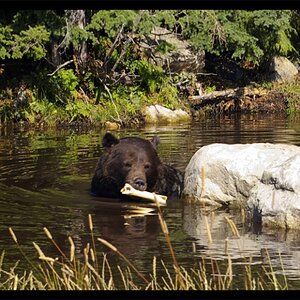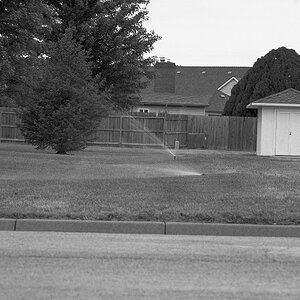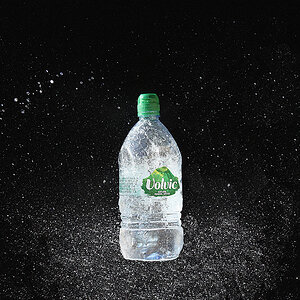Meeskephoto
TPF Noob!
- Joined
- Oct 29, 2013
- Messages
- 56
- Reaction score
- 5
- Location
- Nevada City, CA
- Can others edit my Photos
- Photos OK to edit
So I have noticed that all my photos of any sunset, always come out either with the sky washed out or the landscape silhouetted. I also noticed that every skilled photographer has a picture of the sunset where they actually achieved the rich sky and surrounding area with detail. How the heck do you do this? This may be a noob question but I'm super curious. What I can think is either everyone has filters or uses HDR. Are those the only way to achieve an even amount of detail?
Thanks,
Thomas
Thanks,
Thomas



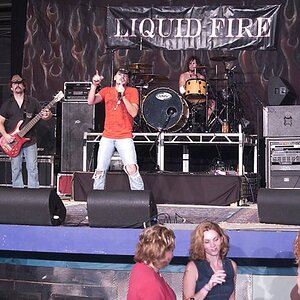
![[No title]](/data/xfmg/thumbnail/39/39497-93752210dd49247220721e5ac8c61245.jpg?1619739055)
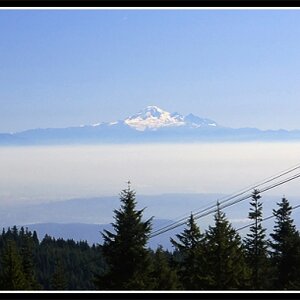

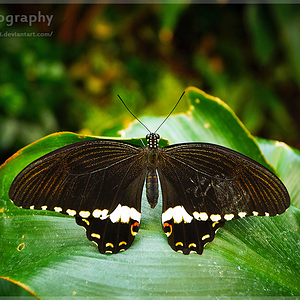
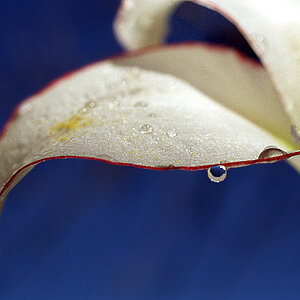
![[No title]](/data/xfmg/thumbnail/39/39295-230d6dc9ce62e92561457d4c8fb67dc6.jpg?1619738959)

![[No title]](/data/xfmg/thumbnail/39/39498-362f11d9bfd0d9e222faa85b38801745.jpg?1619739056)
